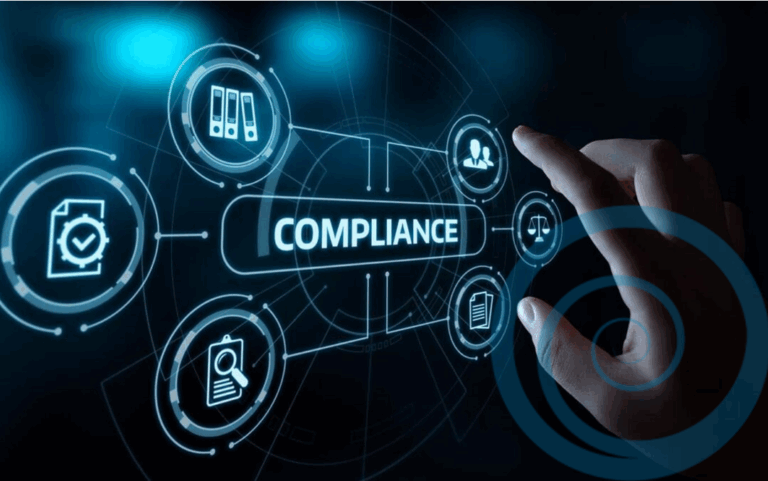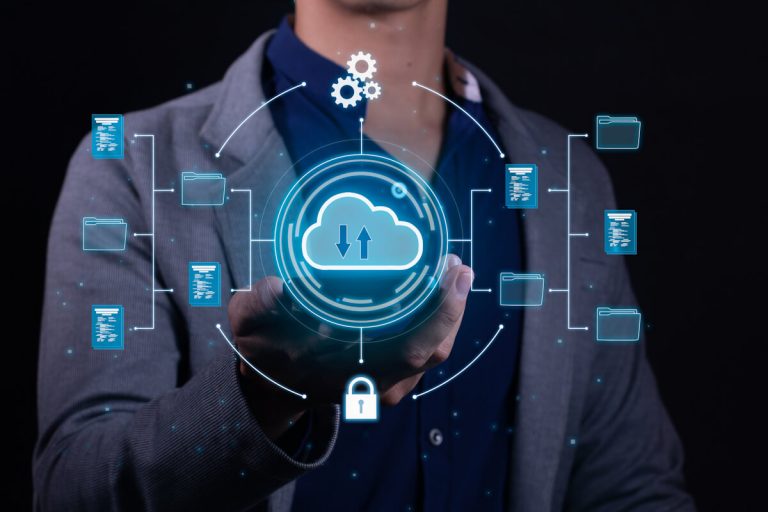I ask AI everything. Every single question I have—whether it’s about helping a client, a technical issue, or how to fix something at home—I don’t Google it anymore. I just ask AI.
That habit alone has changed the way I think and work. And I’m not alone. Across industries, professionals are quietly transforming how they learn, problem-solve, and make decisions. What used to take hours of research or trial and error now happens in seconds. But here’s the thing: not everyone is making that leap.
This, to me, is what makes AI reskilling so different from any technological shift we’ve seen before. It’s not just about learning how to use a new system or automation tool. It’s about reprogramming how we learn itself, and that starts with curiosity and with learning how to collaborate with AI, not just use it.
AI Reskilling Is a Mindset Shift, Not a Mandate
In past technological transitions—say, the move from manual processes to digital systems—reskilling was largely a top-down effort. Companies rolled out training programs, and employees adapted because they had to.
AI doesn’t work that way.
Today’s reskilling is bottom-up. The people who are advancing the fastest aren’t necessarily those attending corporate workshops. They’re the ones asking AI questions every day, testing tools, and finding new ways to apply them in real work contexts.
And the gap between those who do and those who don’t is growing wider.
I’ve seen both sides firsthand: employees who quietly start using AI to streamline their work, and others who resist or even undermine those efforts because they fear being replaced. That resistance—sometimes subtle, sometimes direct—is one of the most defining (and under-discussed) challenges of the AI era.
The Human Side of AI Reskilling: Curiosity vs. Fear
Unlike past waves of automation, AI reskilling is deeply emotional. It requires people to confront uncertainty head-on.
When we introduced AI tools into one client’s workflow during a modernization project, the technical transition was easy compared to the human one. The real work was helping people move from skepticism to experimentation, from “this might take my job” to “this might help me do my job better.”
And when that shift happened, it was powerful. Operations teams that once spent hours reconciling data by hand became experts in data quality oversight. Business analysts began using AI to simulate scenarios and forecast outcomes. Their roles didn’t disappear, they evolved.
That’s what AI reskilling looks like in practice: not replacement, but redefinition.
Why AI Reskilling Is Different from Every Other Transition
Every industrial revolution has demanded new skills. But AI reskilling is uniquely complex because the technology is:
- Faster than our formal systems.
Traditional learning and HR frameworks can’t keep up with the pace of AI change. By the time a training program is built, it’s already outdated. - Driven by personal initiative.
Success depends less on compliance and more on curiosity. Those who take the initiative to experiment with AI daily gain a tangible edge. - Emotionally charged.
The fear of obsolescence is real. Leaders can’t ignore it—they have to manage it with empathy and transparency. - Ongoing, not episodic.
There’s no “final” certification for AI literacy. The tools, models, and capabilities evolve constantly. Continuous learning isn’t optional—it’s survival. - And above all, collaborative.
AI doesn’t remove the need for humans—it redefines it. Success now depends on human-AI collaboration skills: knowing when to rely on AI, when to question it, and how to combine machine speed with human context and creativity.
This is why AI reskilling requires a completely new playbook—one that blends organizational enablement with individual ownership.
How Companies Can Enable Real AI Reskilling
We’ve seen this transformation across different types of organizations at Dualboot. The ones that succeed don’t start with technology—they start with behavior.
They recognize that effective reskilling isn’t about teaching people to prompt an AI model; it’s about teaching them to think differently about problems.
Here are a few principles that help drive that shift:
- Start small, move fast. Encourage experimentation at the team level. Let people test AI tools on specific pain points: automating reports, summarizing customer feedback, or analyzing data.
- Reward initiative, not perfection. Recognize those who explore, share, and teach others. Curiosity should be celebrated as much as performance.
- Bridge skill gaps through mentorship. Pair early adopters with hesitant peers. Peer learning often beats formal training in AI adoption.
- Create forums to exchange ideas. Build digital or in-person spaces where people can share experiments, lessons, and use cases. No one person can do it alone. Collective learning creates social multipliers that help organizations adapt faster.
- Connect learning to purpose. Show how AI helps the business, and the individual, succeed. When people see the personal benefit, resistance fades.
When these behaviors take root, AI reskilling stops feeling like a corporate directive and starts becoming part of everyday work.
AI Reskilling Is Everyone’s Job
One of the most important lessons I’ve learned is that reskilling doesn’t belong to HR or leadership—it belongs to everyone.
In every role, there’s an opportunity to ask: How can AI make this easier, faster, or smarter?
The people who are asking that question today are shaping the future of their professions. They’re learning faster than any training program could teach them.
And that’s the key: AI reskilling isn’t something you attend—it’s something you live.
The best leaders won’t be the ones with the most certifications or the most advanced tools. They’ll be the ones who’ve made learning a reflex, curiosity a habit, and AI a collaborator.
Conclusion: The Future Belongs to the Adaptable
AI is not replacing humans, it’s replacing habits. The way we search, think, and create is being rewritten in real time.
For me, the lesson is simple: the people who thrive in this next era will be those who talk to AI as naturally as they talk to a colleague. They’ll treat it as an extension of their own intelligence, not a threat to it. Because even in an AI-driven world, it’s humans who give technology its purpose—and collaboration that gives it power.
Reskilling for AI isn’t about keeping up, it’s about keeping curious. And that curiosity, more than any technical skill, is what will define the next generation of work.






